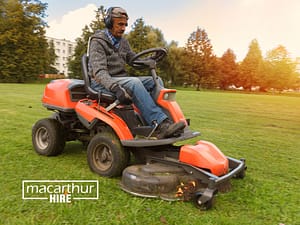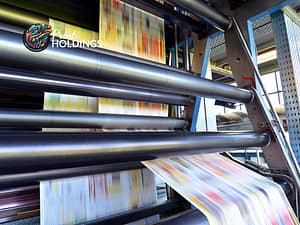Safety doesn’t take a holiday, and neither does the need for high-vis workwear. Whether it’s the height of summer or the depths of winter, maintaining high visibility is crucial for worker safety. However, as the seasons change, so do the requirements for what you wear on the job.
Summer’s Swelter: High-Vis Solutions for Hot Days
When the temperature rises, workers need high-vis gear that won’t leave them overheated. Breathable fabrics are a must, as is sun protection. A high-vis vest made from lightweight material can be worn over regular workwear without adding too much weight or warmth.
Don’t forget to pair it with safety glasses to protect your eyes from the harsh glare of the sun. For those on their feet all day, safety footwear that’s both breathable and equipped with steel cap shoes features will protect your feet without causing them to sweat excessively.
Winter’s Grip: Staying Visible in the Cold
In colder temperatures, staying warm is just as important as staying visible. Safety jackets with high-visibility colors and reflective strips ensure you stand out against the snowy backdrop. Look for lined or insulated options to keep the cold at bay. Layering is also key; start with a base layer and add a high-vis vest or jacket on top.
Safety gloves are another winter essential, providing both visibility and warmth. Your safety helmet, too, might need a winter upgrade—consider a lined option or adding a thermal liner to your current model.
Wet Weather: High-Vis for Rainy Days
Rain can obscure vision, making high-visibility gear even more critical. Waterproof safety workwear, including jackets and pants, are necessary to stay dry. Look for options with sealed seams and waterproof ratings suitable for heavy downpours. Safety footwear with enhanced grip can help prevent slips and falls on wet surfaces.
In addition to visibility concerns, wet weather gear should also be breathable to prevent sweat accumulation, as this can lead to discomfort and hypothermia in cold conditions. Features like ventilated openings, waterproof zippers, and advanced fabric technology that wicks away moisture from the body contribute to maintaining the wearer’s optimal body temperature. All these factors are crucial to ensure that workers are not just visible but also fully protected against the elements while performing their duties in wet conditions.
Transitioning Seasons: Spring and Autumn Safety
During the milder seasons, it’s all about layers. Start with a base, like a high-vis shirt, and add or remove layers as the temperature dictates. Reflective safety gloves are a good idea in the cooler mornings and evenings, and don’t forget to protect your eyes from low-lying sun with an appropriate pair of safety glasses.
Understanding High-Visibility PPE: A Closer Look at Its Role and Effectiveness
The critical role of High-Visibility PPE in enhancing worker safety across various industries. This overview explains the function of bright, reflective workwear, underlining its importance in reducing workplace accidents and ensuring a secure working environment, particularly in low-visibility and high-risk scenarios.
What is High-Visibility PPE?
High-Visibility Personal Protective Equipment (PPE) refers to clothing and accessories that have highly reflective properties or a color that is easily discernible from any background. Yellow, orange, and bright green are among the most common colors used. This category of PPE is used to make the wearer more visible in hazardous situations, both in daylight and under illumination by vehicle headlights in the dark. The attire may include items such as safety helmets, high vis vests, safety jackets, and accessories like safety gloves and safety glasses.
Why Do Workers Wear Hi-Vis?
Workers wear high-visibility clothing primarily to increase their safety on the job. These garments catch the eye, drawing attention to the wearer and reducing the risk of accidents in potentially dangerous environments like construction sites, roadside repairs, or during any outdoor work where visibility may be compromised.
By standing out against complex backgrounds or in low-light conditions, workers can signal their presence to those around them, particularly drivers or operators of heavy machinery. This type of attire is often a requirement set by safety regulations in various industries.
Does High-Visibility Clothing Work?
Yes, high-visibility clothing has been proven effective in enhancing worker safety, especially in scenarios where visibility is compromised due to low light, adverse weather, or complex visual backgrounds. The human eye responds instinctively to bright and unusual colors, so the striking hues of high-vis workwear draw attention instantly, giving motorists and equipment operators more time to react appropriately.
The reflective materials used in this type of clothing can catch and bounce back light from headlights, street lamps, or searchlights, further increasing visibility during nighttime or in poorly lit areas.
Conclusion
High-visibility PPE is an integral component of workplace safety protocols across various industries. Its effectiveness in enhancing the visibility of workers, especially in compromised visual environments, makes it a staple safety measure. Ensuring that workers are easily seen can significantly reduce the risk of accidents, providing an additional layer of protection in tandem with other safety practices. As job sites continue to evolve, so too will the technologies and materials use in high-vis workwear, continually advancing the cause of worker safety.





